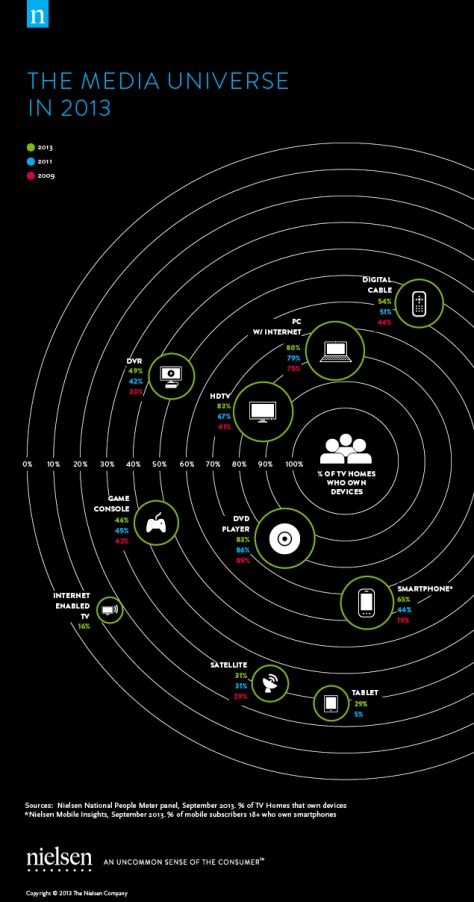I’m excited to share that I’ll be joining the HelpMeSee as a Social Media Coordinator beginning next week! In this new role I’ll be managing social media with daily updates and engagements to support fundraising for this global health care non-profit organization.
Founded in 2010, HelpMeSee is a global campaign to end cataract blindness, which is the leading cause of preventable blindness worldwide. Over 20 million people are needlessly blind because of cataracts, and a further 82 million who are visually impaired will eventually go blind because they cannot access treatment. Cataracts can effect people of any age, race, or background, with women disproportionately impacted and less likely to be treated. Most of the cataract blind live in developing countries, where there is a shortage of cataract surgeons trained to provide sight restoring treatment for the millions of people in need.
Fortunately HelpMeSee is developing a solution- using virtual reality simulators to train the thousands of cataract surgeons needed to fight blindness.
Continue reading Joining HelpMeSee, the Campaign to End Cataract Blindness




 been defending the principles of Net Neutrality for at least a decade you’re not far off (
been defending the principles of Net Neutrality for at least a decade you’re not far off (

